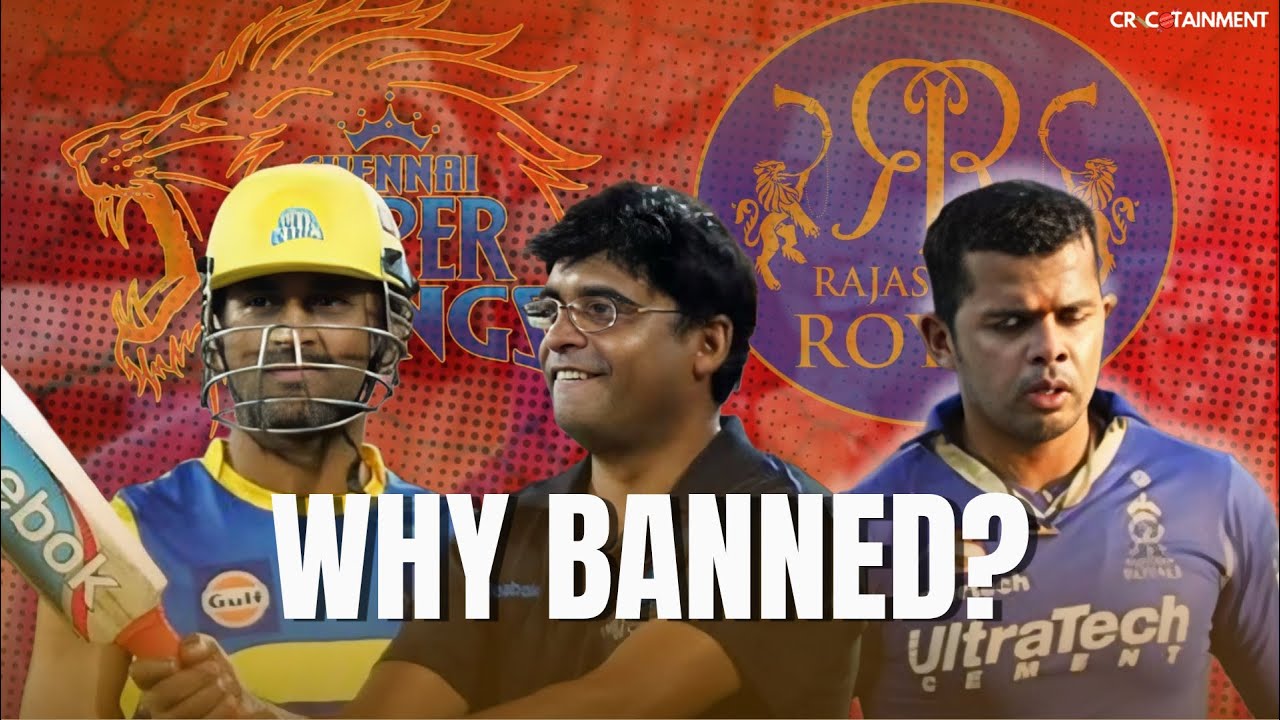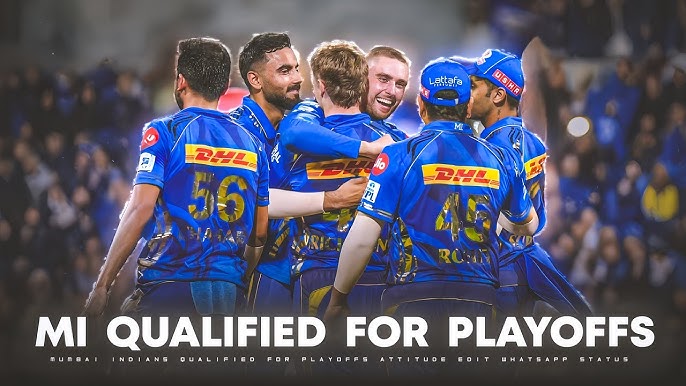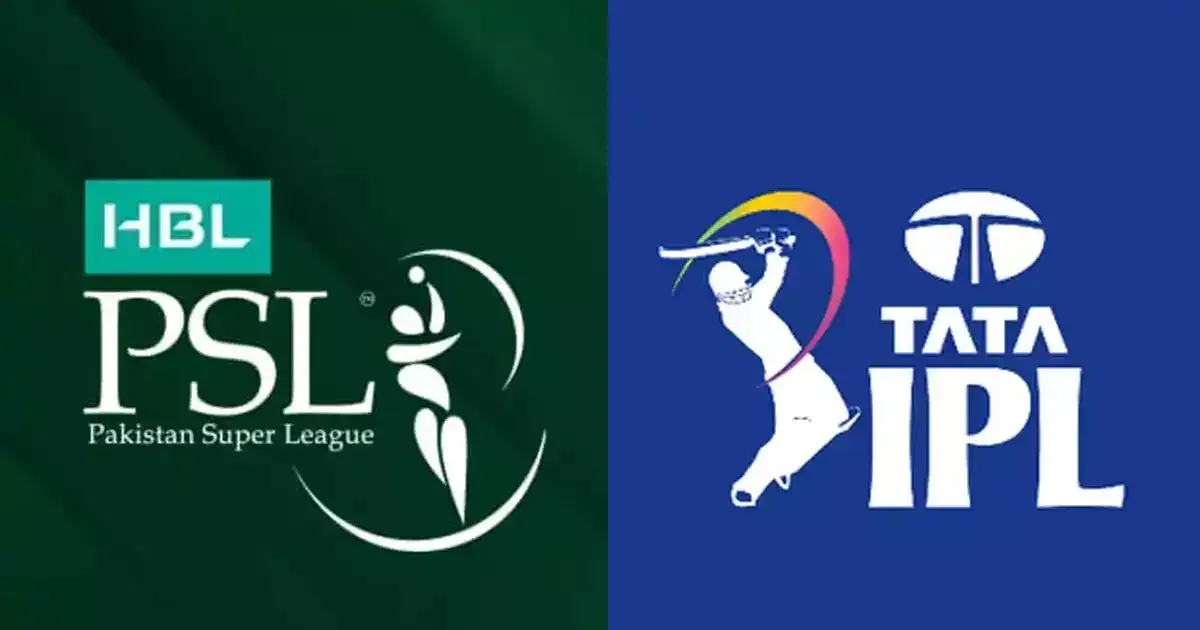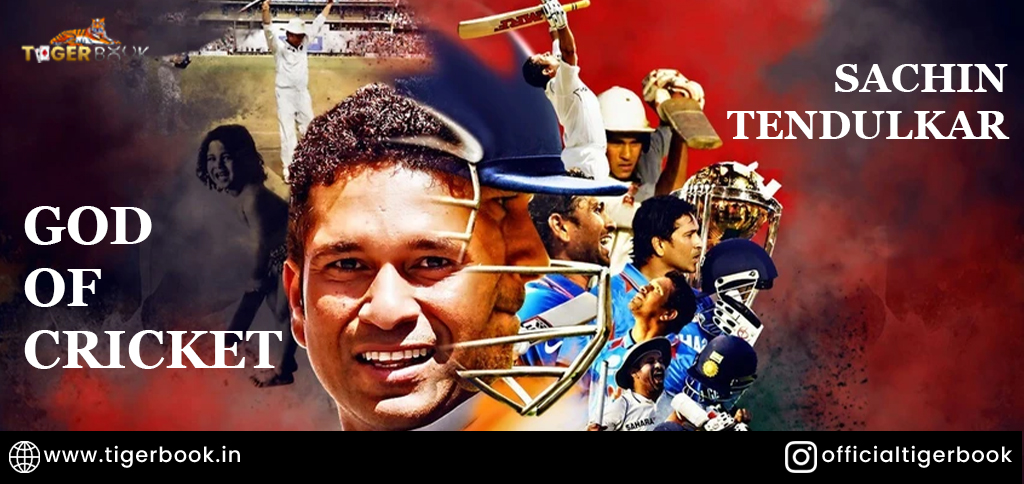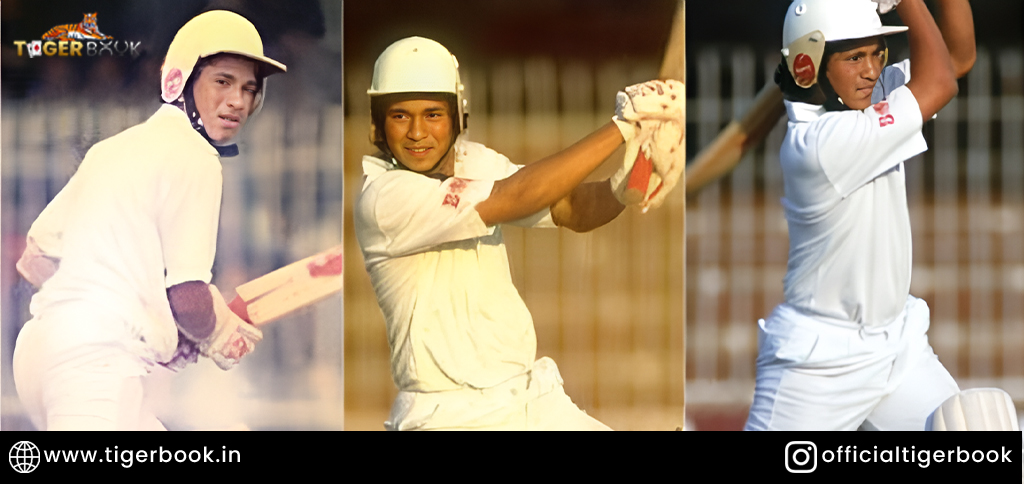The First IPL Auction: A Game-Changing Moment in Cricket History
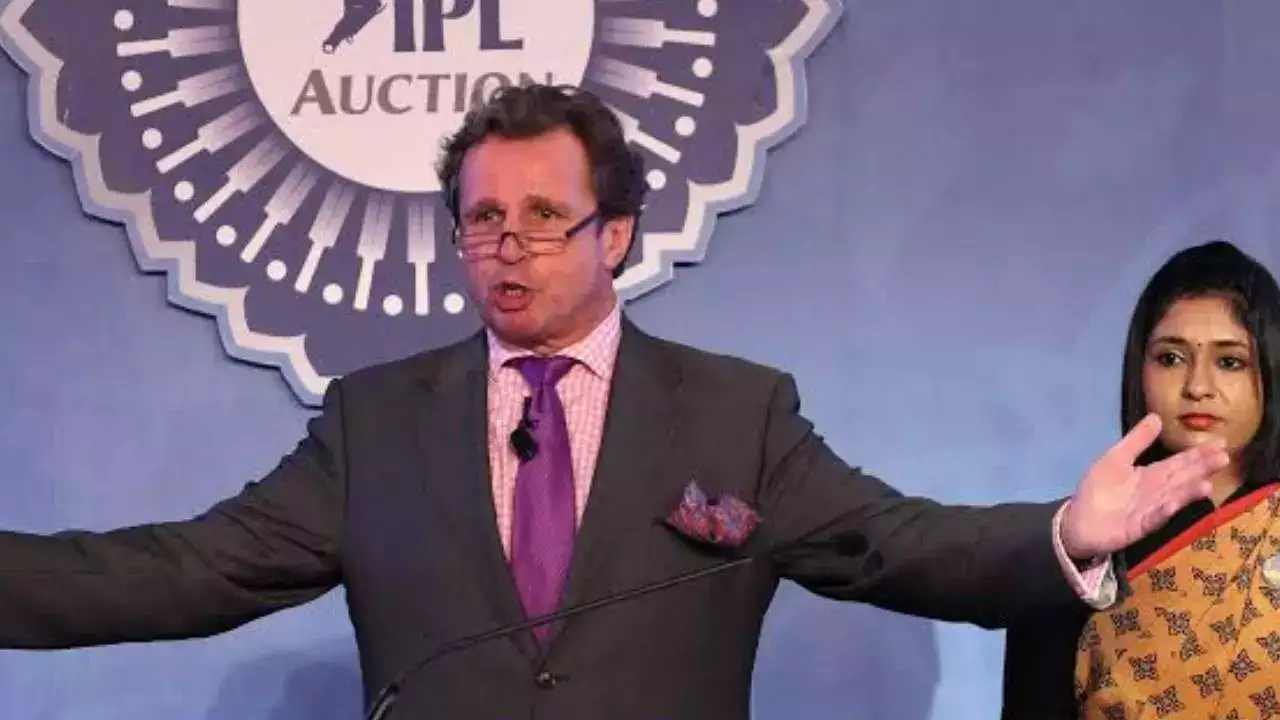
Strong 8k brings an ultra-HD IPTV experience to your living room and your pocket.
The Indian Premier League (IPL) has become one of the most lucrative and exciting cricket leagues in the world. However, the foundation for its success was laid during the first-ever IPL auction held on February 20, 2008. This historic event saw eight franchise teams bidding for some of the biggest cricketing names, setting the stage for a revolution in the sport. In this article, we will delve into the details of the first IPL auction, the highest bids, key players, and its lasting impact on cricket.
The Birth of the IPL and the Need for an Auction
Before the inception of the IPL, cricket was predominantly played in traditional formats – Test and One-Day Internationals (ODIs). The success of the 2007 T20 World Cup, where India emerged victorious, fueled the popularity of T20 cricket. Recognizing the potential of a franchise-based league, the Board of Control for Cricket in India (BCCI) launched the IPL, bringing together international and domestic players in a fast-paced, entertainment-driven competition.
To ensure fair team compositions and financial transparency, BCCI introduced the auction system. Each of the eight franchises was given a budget of $5 million to build their squads, creating a level playing field and intensifying the competition among team owners.
get your IPL ID now and play online cricket
The Star-Studded Auction – Big Names, Big Bids
The first-ever IPL auction took place in Mumbai and was conducted by the internationally renowned auctioneer Richard Madley. The event attracted global attention as some of the best cricketers went under the hammer.
Most Expensive Players of IPL 2008 Auction
MS Dhoni (Chennai Super Kings - $1.5 million)
India’s T20 World Cup-winning captain was the most sought-after player in the auction. Chennai Super Kings (CSK) outbid other franchises to secure Dhoni, a move that would later prove to be one of the best decisions in IPL history.
Andrew Symonds (Deccan Chargers - $1.35 million)
The Australian all-rounder was the second most expensive player, joining the Deccan Chargers. His aggressive batting and handy bowling made him a prized asset.
Sanath Jayasuriya (Mumbai Indians - $975,000)
The Sri Lankan legend was picked by Mumbai Indians for his explosive batting at the top of the order.
Ishant Sharma (Kolkata Knight Riders - $950,000)
The young Indian pacer was highly valued for his pace and bounce, with KKR making a hefty bid for him.
Jacques Kallis (Royal Challengers Bangalore - $900,000)
The South African all-rounder’s consistent performance with both bat and ball made him a valuable pick for RCB.
Adam Gilchrist (Deccan Chargers - $700,000)
The legendary wicketkeeper-batsman was roped in by Deccan Chargers, where he would later lead them to victory in IPL 2009.
Other Notable Picks
Yuvraj Singh (Kings XI Punjab - Icon Player)
Sachin Tendulkar (Mumbai Indians - Icon Player)
Rahul Dravid (Royal Challengers Bangalore - Icon Player)
Sourav Ganguly (Kolkata Knight Riders - Icon Player)
Virender Sehwag (Delhi Daredevils - Icon Player)
These ‘Icon Players’ were pre-assigned to their respective home teams and were paid 15% more than the highest-paid player in their team.
Strategies Behind the Bidding War
Franchise owners approached the auction with different strategies. While some teams focused on star power, others aimed for a balanced mix of young talent and experienced players.
Chennai Super Kings (CSK) built their team around MS Dhoni, adding all-rounders and match-winners like Matthew Hayden and Michael Hussey.
Mumbai Indians (MI) banked on their local hero, Sachin Tendulkar, and added experienced players like Sanath Jayasuriya and Harbhajan Singh.
Kolkata Knight Riders (KKR) made headlines by securing Brendon McCullum, who later smashed 158* in the first-ever IPL match.
Royal Challengers Bangalore (RCB) took a more Test-oriented approach, signing players like Rahul Dravid, Anil Kumble, and Jacques Kallis.
Impact of the First IPL Auction
1. Emergence of T20 Superstars
The auction introduced a platform where young players could compete alongside the biggest names in cricket. Many relatively unknown players, like Ravindra Jadeja and Yusuf Pathan, gained recognition and went on to become T20 superstars.
2. Financial Boom for Cricketers
The IPL changed the financial landscape of cricket, offering players lucrative contracts and opportunities beyond national team selection. Domestic cricketers, who earlier struggled financially, suddenly found themselves earning life-changing amounts.
3. Globalization of Cricket
The auction drew international attention, making the IPL a global spectacle. Players from different countries played together, breaking traditional rivalries and fostering camaraderie among cricketers worldwide.
4. Franchise-Based Model in Cricket
The auction’s success proved the viability of a franchise-based cricket league, leading to the establishment of similar T20 leagues around the world, such as the Big Bash League (BBL) in Australia and the Caribbean Premier League (CPL).
Conclusion
The first IPL auction was a historic event that laid the foundation for what would become one of the most successful sports leagues globally. The competitive bidding, record-breaking contracts, and strategic team-building made it a landmark moment in cricket history. Over the years, the IPL has grown exponentially, but the excitement and anticipation of the inaugural auction remain unmatched. It was the moment when cricket, entertainment, and business merged to create a revolutionary sporting phenomenon.
Note: IndiBlogHub features both user-submitted and editorial content. We do not verify third-party contributions. Read our Disclaimer and Privacy Policyfor details.



